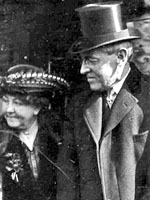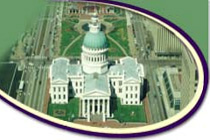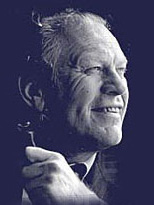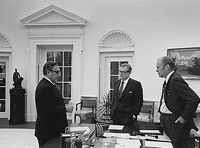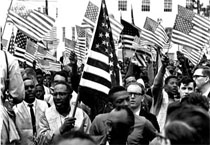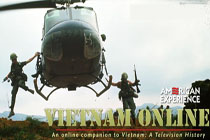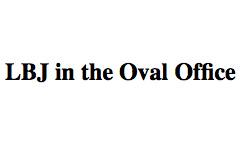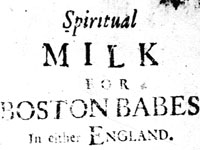Team Ships
Team Ships (the Navy's Program Executive Office, Ships) was founded in late 2002 to manage construction and design of U.S. military vessels.
The site of Team Ships was obviously not designed for educators so much as for providing basic awareness of the office and its various vessel classes (likely intended primarily for military enthusiasts or marine hobbyists). However, there is one small section which may be of interest to you for your professional purposes.
Shipping, for transportation of goods and people, is crucial to American history. By extension, the shipbuilding trade was similarly imperative. However, few, if any, textbooks cover the process of shipbuilding. Team Ships' site's strength is that it offers a very basic overview of the general steps in creating a maritime vessel within the U.S. military system. (The individual steps are linked in the right hand navigation bar.) Many students are interested in World War Two land vehicles, ships, and planes. Why not offer them a hook by talking about shipbuilding in the Navy?
